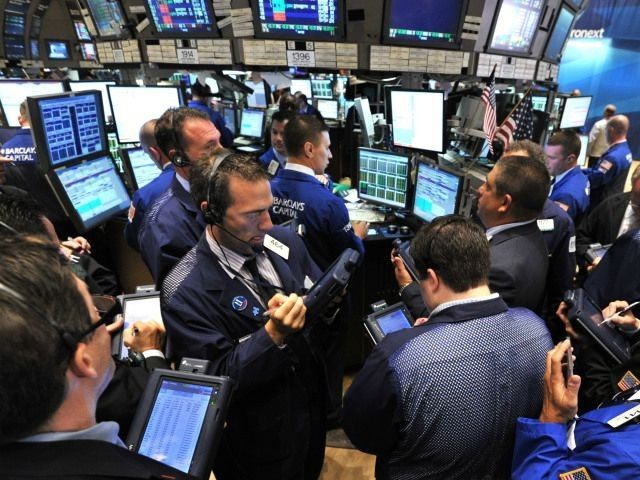On September 12, the major U.S. stock market recovered over half the prior trading day’s $500 billion loss, but overvalued stock prices could be headed down if the bond market is “sniffing” that interest rates are heading up.
The Dow Jones Industrial Average stock index fell, then rallied 239 points on Monday to recover about half of Friday’s 394-point loss. The supposed good news was the Federal Reserve’s Lael Brainard, who sits on the 10-member Open Market’s Committee that sets interest rates, said she remains “dovish” on the direction of the U.S. economy and is not concerned about inflation risks forcing the Fed to raise interest rates.
The U.S. stock market is about 1/40th the dollar size of the U.S. bond market. Consequently, interest rates have an inverse relationship to stock prices. Higher interest rates make bonds more attractive and investors sell stocks. But lower interest rates make stocks more attractive.
The legendary low interest rate policy that the Federal Reserve pursued has “got a party going” on Wall Street that has pushed share prices to the point that they are between 52 percent and 97 percent overvalued under the four established Wall Street valuation methods.
The “King of Bonds,” Jeffrey Gundlach, who manages $100 billion of fixed income for the top performing DoubleLine Total Return Fund, told Reuters that “[t]his is a big, big moment,” and it won’t pay to try to “be cute” when the dominant trend will be higher interest rates.
Gundlach is recommending that bond holders take less risk from rising interest rates by shortening bond portfolio maturities this year. He predicts that Fed’s commitment to an aggressive easy monetary policy over the last 8 years is coming to an end.
He points out that from January 2, 2013, the interest yield on 10-year U.S. Treasuries fell by 55 percent from 3.04 percent to 1.32 percent on July 6, 2016. Virtually ignored by investors since that bottom is the fact that the interest rates have quietly moved back up to 1.64 percent.
Gundlach says that may sound like a tiny amount, but on a percentage basis it is a 23 percent higher rate. He warns this is the beginning of the bond market “sniffing out” the fallacy of the idea that the Federal Reserve’s Quantitative Easing “will be with us forever.”
Gundlach acknowledges there is no “need for an interest rate increase,” but he believes that will not stop the Fed from embarking on one – or possibly two – rate hikes this year. He believes Fed members now realize their policies have not worked to improve the economy, but have created an “alternative universe” of overvalued asset prices.
Although nominal GDP growth is at very low levels that are typically associated with recession, and the ISM manufacturing index is low and the ISM non-manufacturing index is at its lowest level since the Fed began its easy-money policies 8 years ago, “some Fed members are talking about raising rates twice.”
Gundlach’s view is that with America’s current 4.9 percent unemployment rate below its 12-month moving average, there is “no chance of recession.” He suggests the Fed’s easy Quantitative easing (QE) monetary policy helped the U.S. markets, but that the more aggressive version of negative rates adopted abroad is bad for economies and markets.
He warns that internationally there is $14 trillion of negative-yielding bonds, representing a third of global GDP. With Treasury yields following nominal GDP, yields have fallen gently since 1980. But if nominal GDP stabilizes, he suggests bond yields will rise.
Gundlach believes that no matter if Clinton or Trump win the presidency, both will launch a big surge in federal spending on infrastructure projects. Clinton’s plan calls for $275 billion in spending, while Trump’s plan calls for twice that figure. He believes the likelihood of fiscal stimulus will come as a shock to markets, because it “is not on people’s minds.”

COMMENTS
Please let us know if you're having issues with commenting.